The prequel to one of 2013’s most highly anticipated video games continues with The Last of Us: American Dreams #2. Naughty Dog creative director Neil Druckmann co-writes with artist Faith Erin Hicks. It’s worth noting that this is the last issue to come out before the release of the game itself on June 14. Here’s the official description from Dark Horse:
The essential tie-in story for the latest Naughty Dog release continues! Ellie ventures outside, discovering more of the truth about the world the way it was before the pandemic, and encounters new wonders… and new dangers.
 I didn’t get a chance to grab American Dreams #1, but, happily, the story’s easy enough to pick up, and, just in case, there’s a recap on the credits page.
I didn’t get a chance to grab American Dreams #1, but, happily, the story’s easy enough to pick up, and, just in case, there’s a recap on the credits page.
The most noticeable aspect of the issue is how fast it moves: the pages generally max out at 5 panels, many of them sans dialogue, so you’re nearly done before you know it. Much of the heavy lifting of storytelling is on Hicks’ shoulders in her role as artist. I’m a major advocate allowing artists to actually tell the story with their work, rather than simply provide window dressing for an endless stream of captions and dialogue. I have to wonder if the book’s success in that regard is due to Hicks, as co-writer, specifically giving herself more responsibility as artist.
I do have a few questions about chronology. Ellie and Riley seem to be very aware of the world as it was before, which is strange, considering we know Ellie was born after the world went to hell. Maybe I missed a bit of worldbuilding in the first issue that would establish the book’s status quo. Otherwise, we’ll all find out in a couple weeks.
Hicks’ artwork is quality stuff. Expressions play a crucial role in this issue, and she succeeds in that regard. Some of the backgrounds are nonexistent, but when she includes them, she really goes to town. My biggest quibble is one with which readers who started with issue one will already have come to terms. I have no problem with cartoonish artwork being paired with dark subject matter. However, hyper-realistic graphics have been a major selling point for the game itself, so I was pretty shocked by the drastic difference in the art of the book. Again, it’s only a problem in that it took some getting used to.
3.5/5
Zac likes to imagine that, in a post-apocalyptic world, his hoard of print comics will play a crucial role in restarting civilization. For more grand delusions, follow him on twitter.
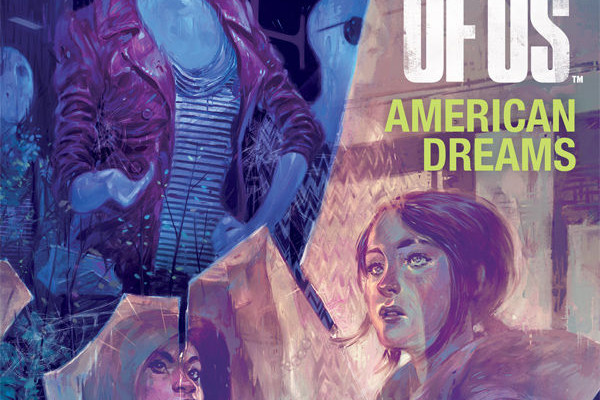




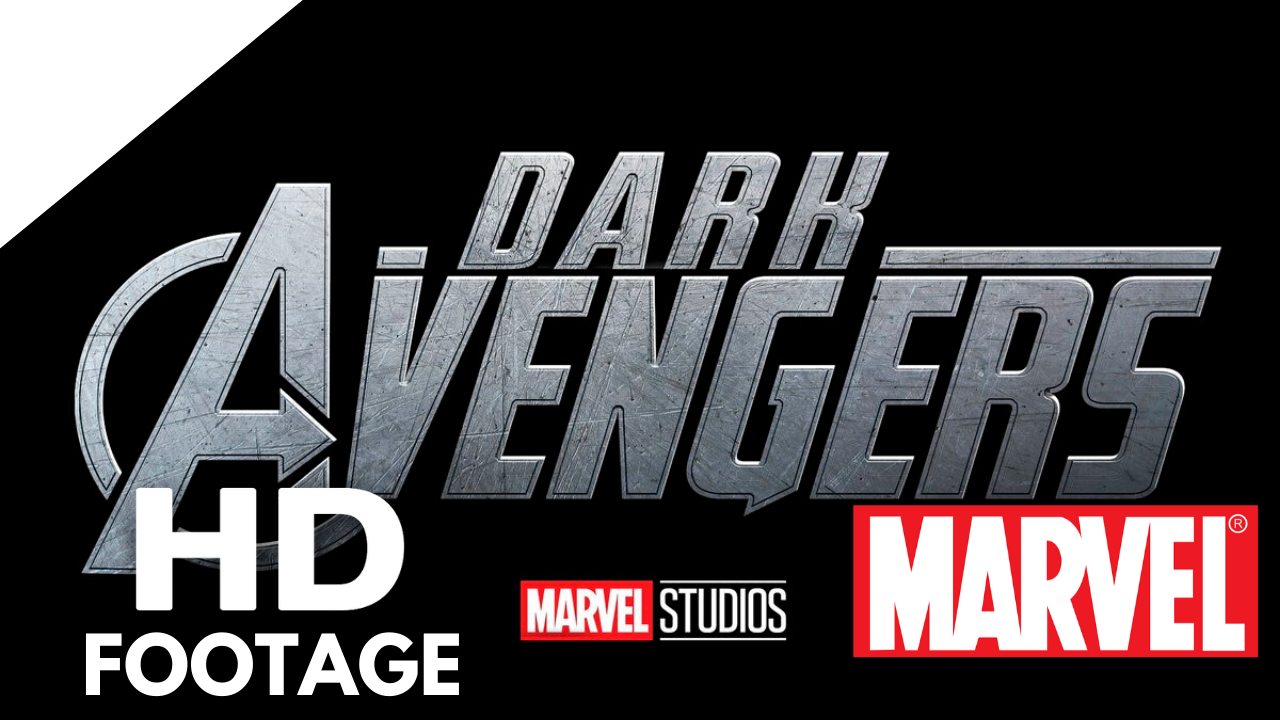
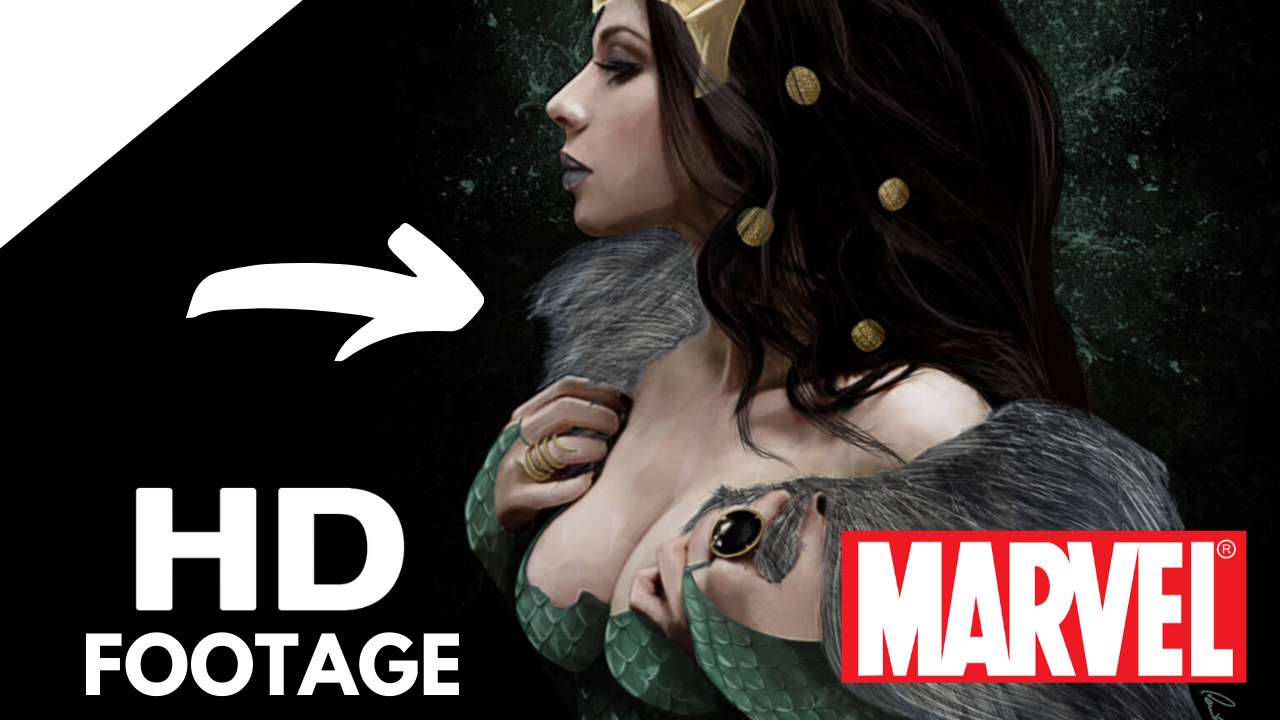
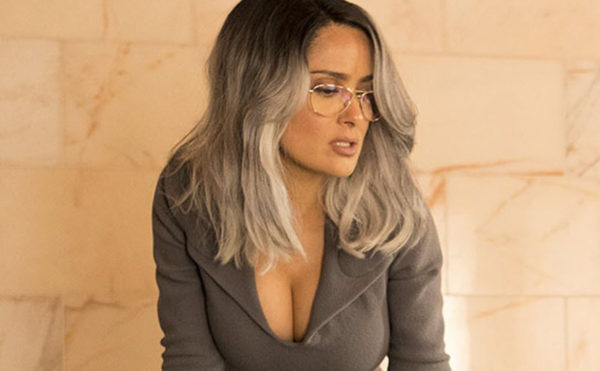
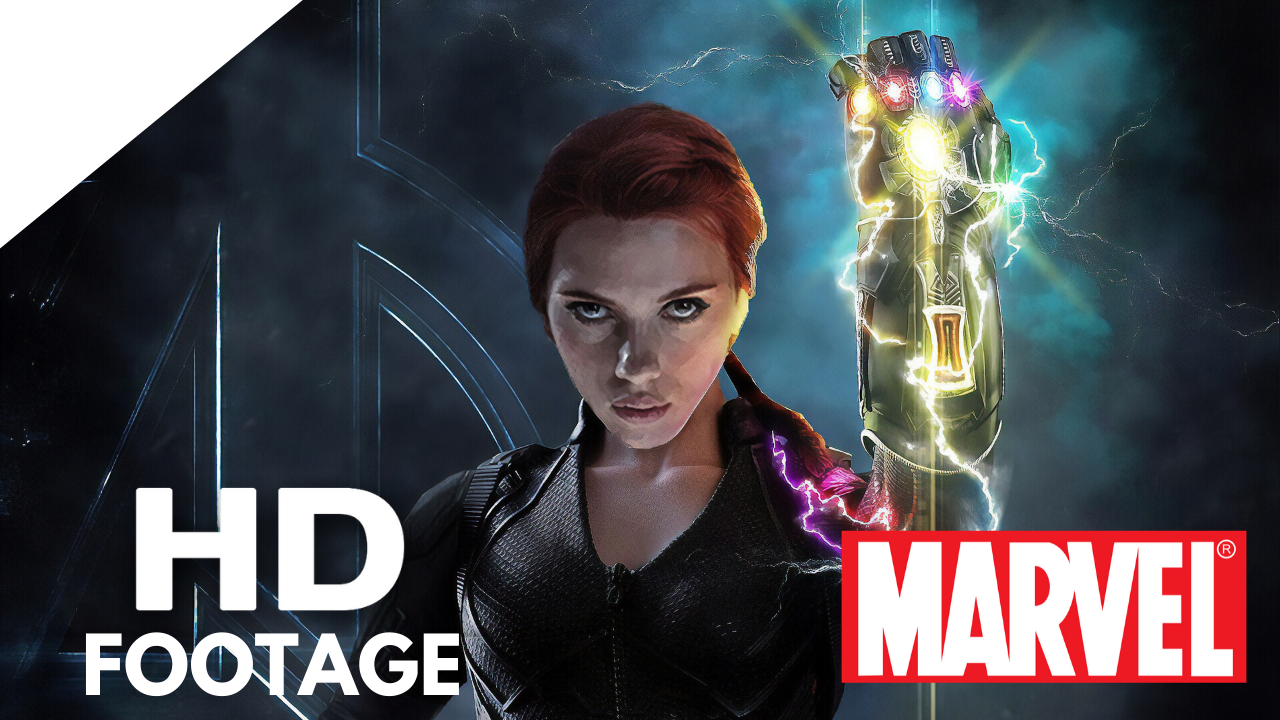
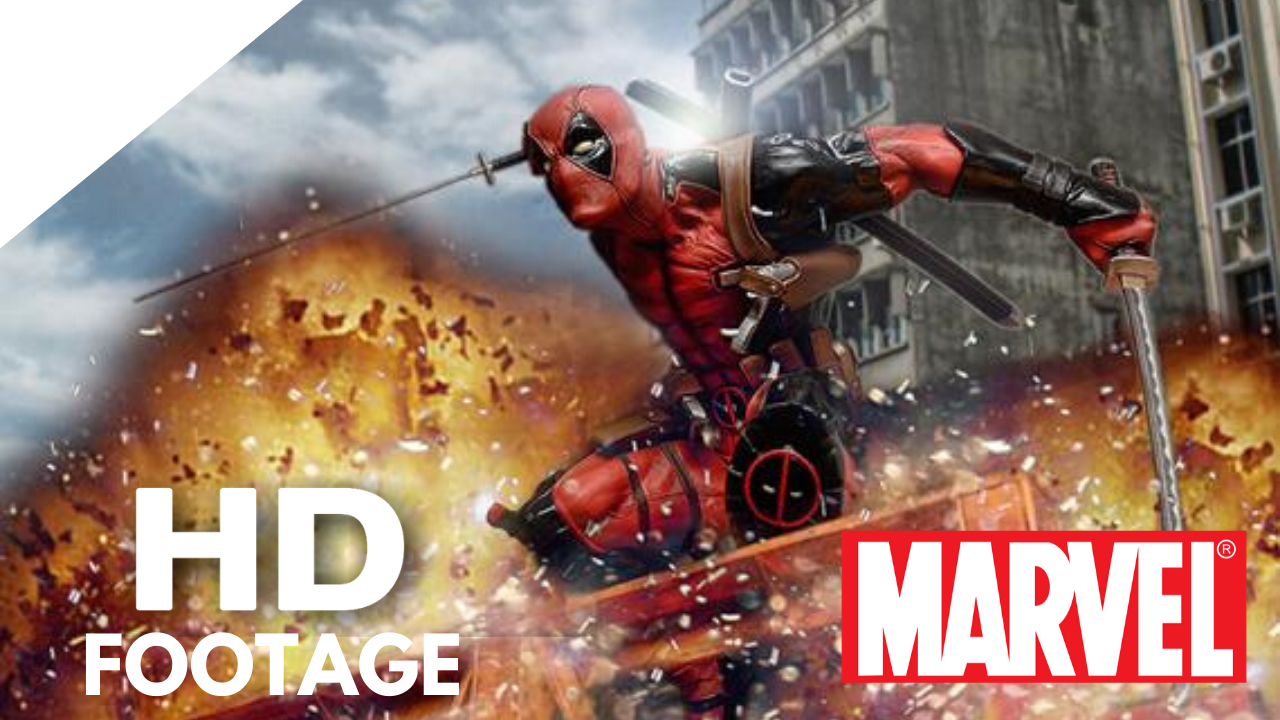
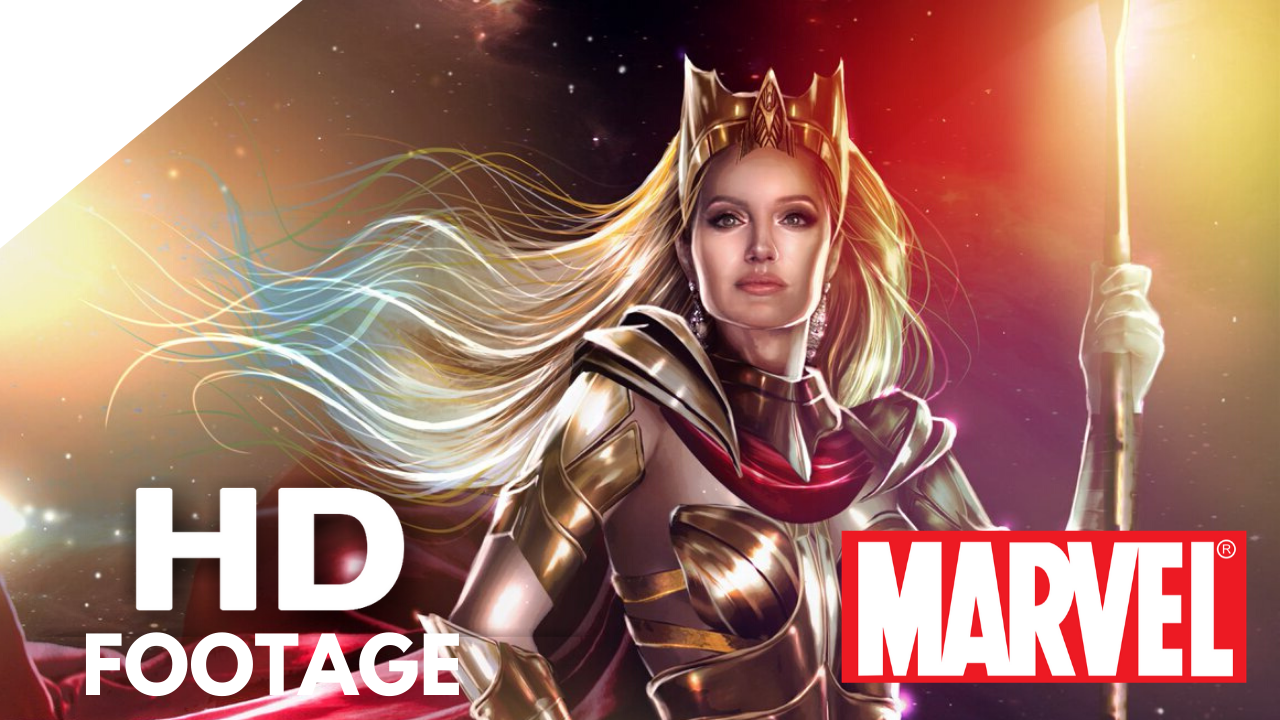
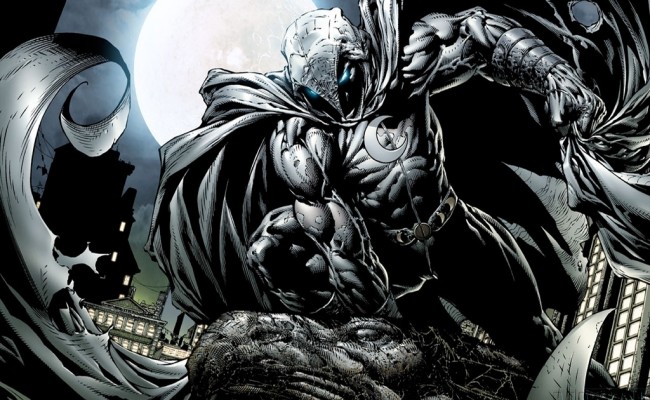
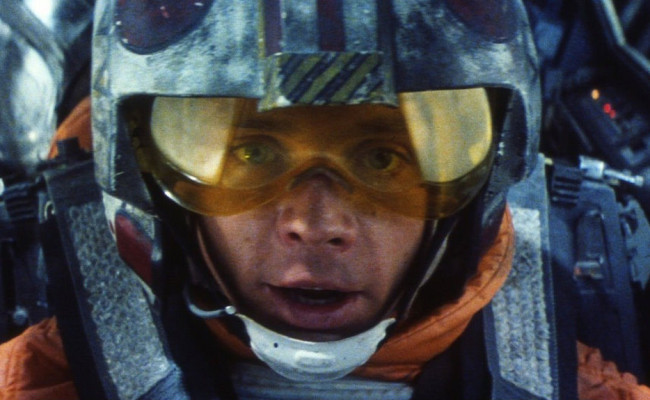
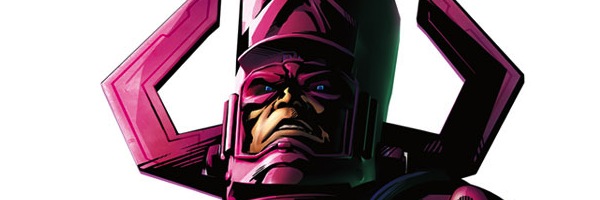
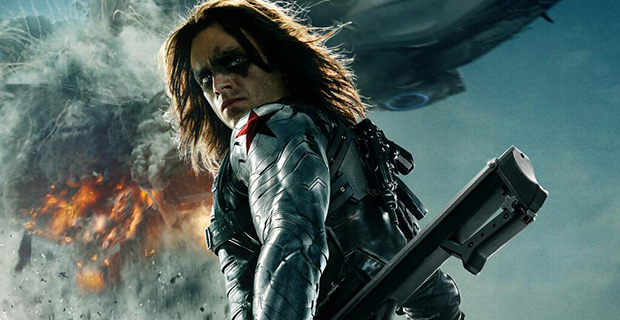
S#!T Talking Central